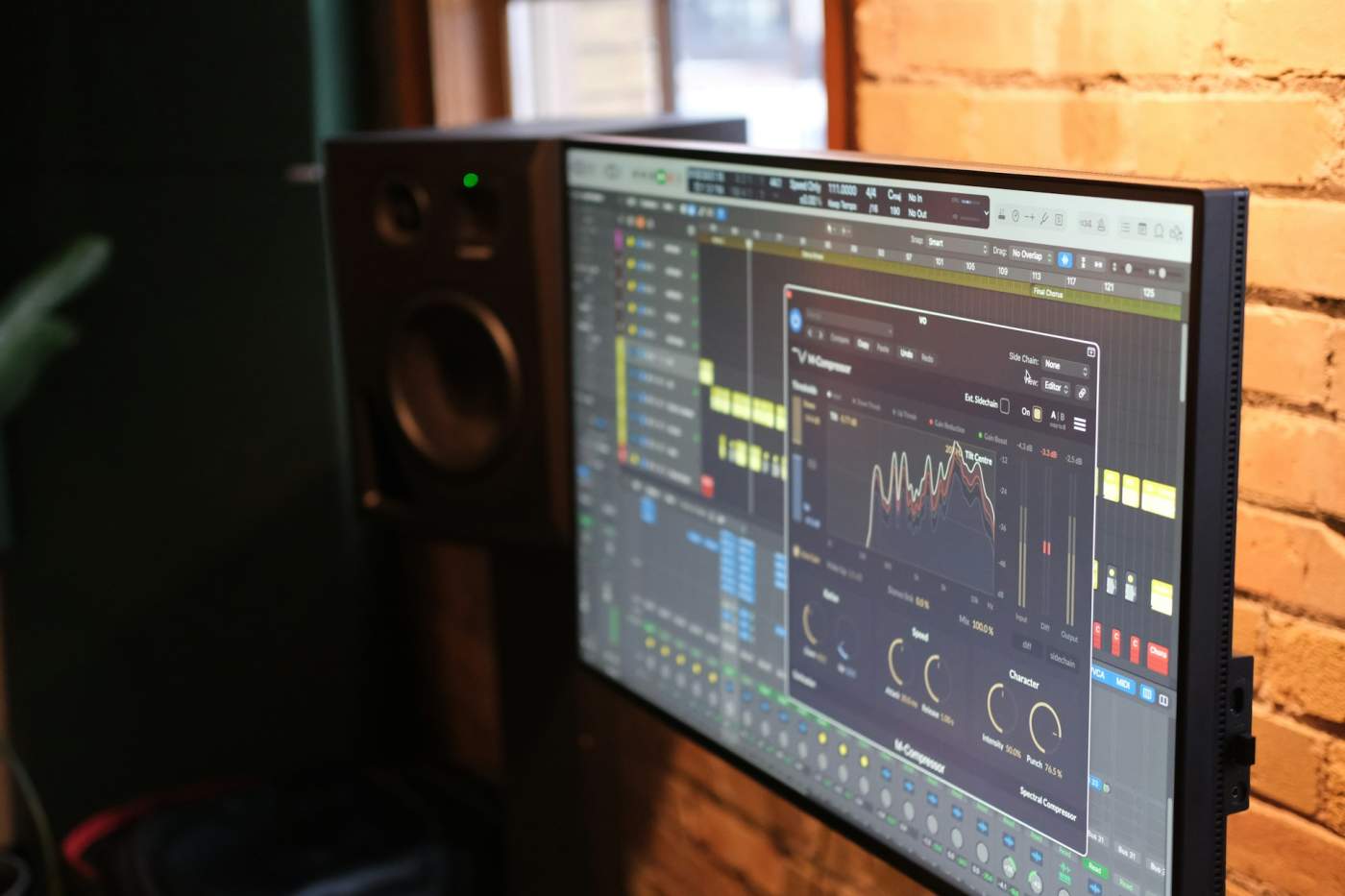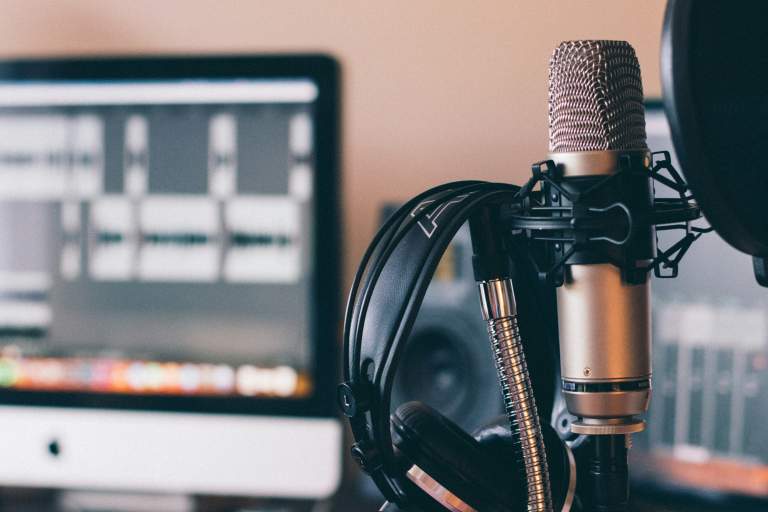Key Aspects of Music Mixing and Mastering
To create an effective mix and master, start by thoroughly listening to the track and understanding its character. Choose the right tools—equalizers, compressors, sound processors, etc.—and configure them properly to achieve the desired effect.
Once you reach the intended result, check that all sounds are balanced correctly and free of distortion. If any issues arise, address and correct them promptly. Finally, ensure the mix aligns with expectations and meets all necessary requirements.
What to Focus On
- Reference Tracks in Music Creation – Reference tracks are essential in music creation. These are songs used as inspiration and benchmarks to shape your own music. Typically selected based on genre, style, and theme, reference tracks help in crafting new pieces.
They can also serve as a comparison tool, measuring your work against well-known and acclaimed songs. In music creation, reference tracks are invaluable for generating ideas and refining your creative output. - Good Listening Conditions in a Music Studio – For quality sound control, a studio must have proper acoustics and equipment. Ensure the room has good acoustic treatment—soundproofing, damping materials, appropriate lighting, etc.
Equip your studio with quality audio gear, computers, cables, and other accessories. This setup ensures clearer sound and accurately reflects the character of your audio. - Align with the Music Producer – To work seamlessly with a music producer, maintain a unified vision and collaborate according to their expectations. Recognize that the producer is an expert in their field, knowing precisely how the music should sound.
Understand the producer’s style and approach to music beforehand, and work together to develop a shared vision. Respect their decisions and allow them creative freedom. - Fresh Listening of Music Tracks – Always listen to tracks with fresh ears to accurately evaluate them. Fresh listening involves reviewing recordings for the first time to gather information about the track’s quality and expression. This practice is particularly useful for new projects, offering an objective perspective on strengths and areas for improvement.
After fresh listening, select the right tools and techniques to enhance sound quality and make necessary adjustments. - Take Breaks During Music Production – Breaks are crucial for achieving good results in music production. They allow your ears to rest and your mind to recharge, preventing fatigue and maintaining high production quality. Breaks also help verify if the listener understands the project’s intended message.
They are especially important for long tracks or multiple projects, keeping your mind fresh and enabling clear identification of problems and flaws. - Follow Trends in Music Production – Stay updated with the latest trends in music and technology to keep up with the industry. Embrace new technologies and tools that can help create innovative sounds.
Don’t be afraid to experiment with new sounds and tools—sometimes, this can lead to fascinating results. Listen to new music to understand how contemporary sounds and tracks are created. By trying new things and leveraging new technologies, you can discover unique sounds and evolve your approach to music production.







